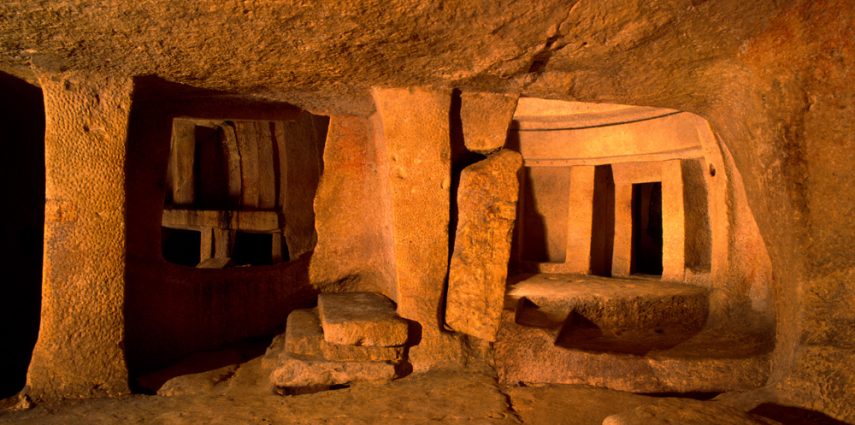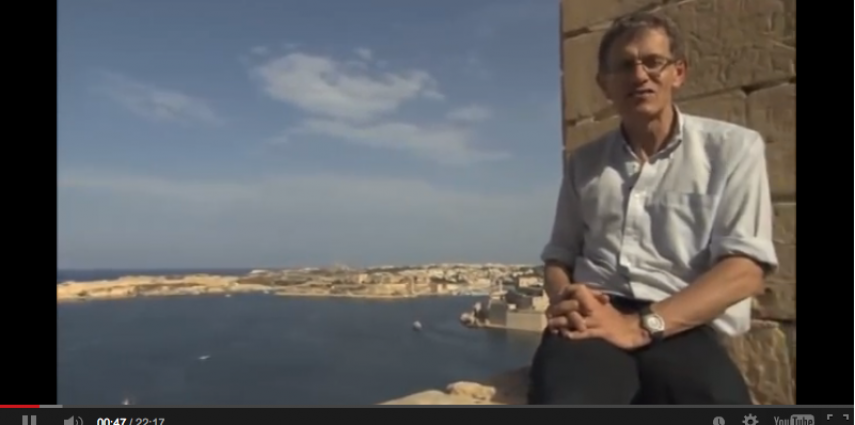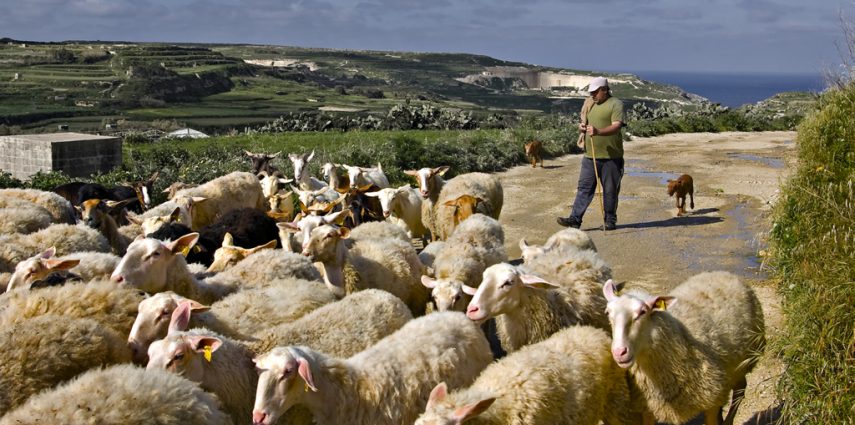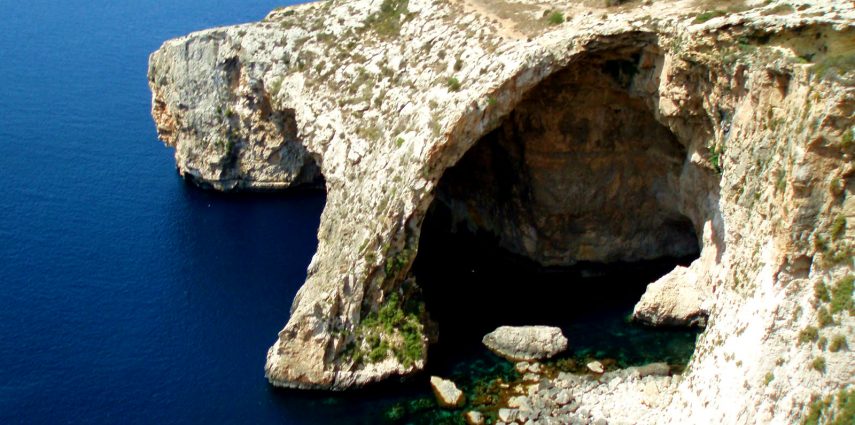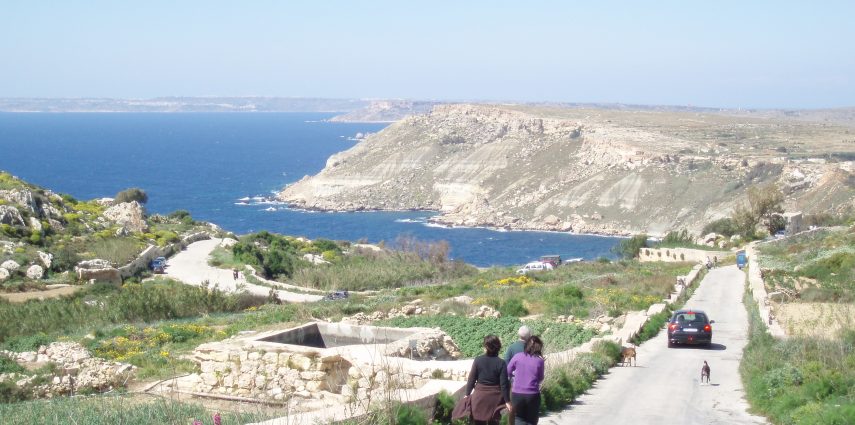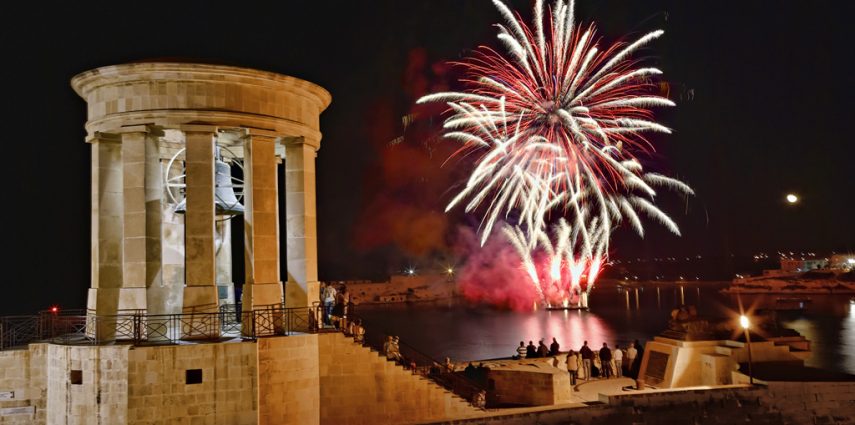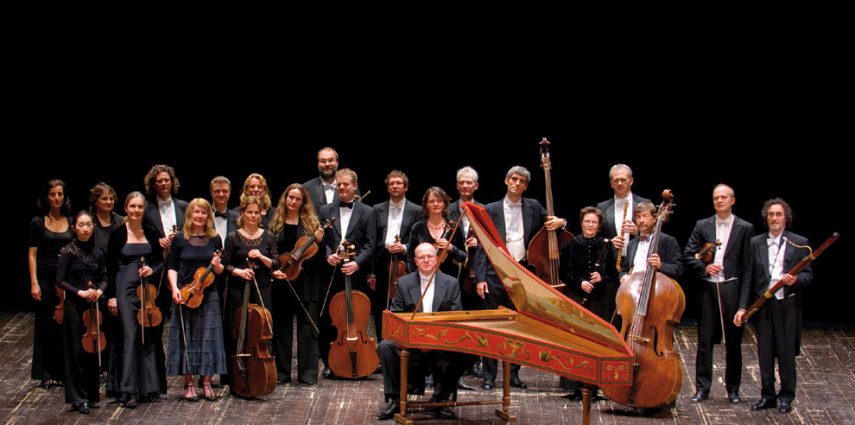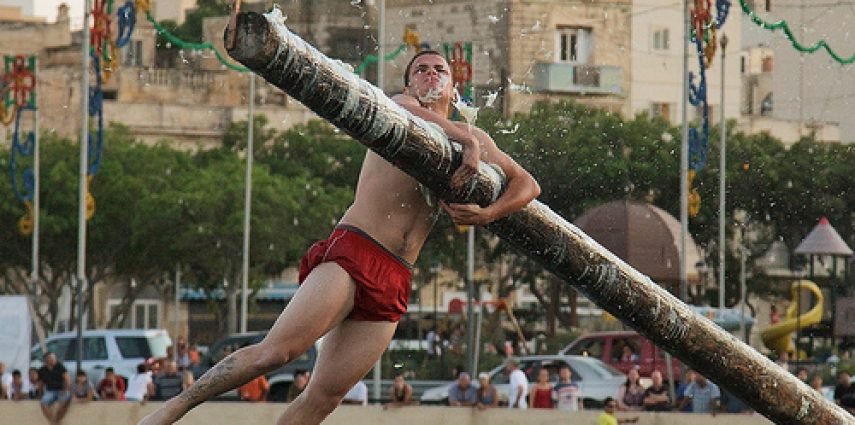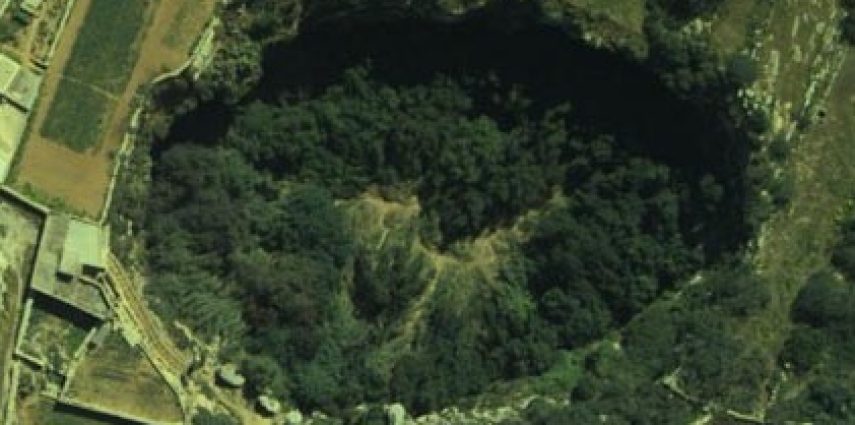Many ancient megalithic structures exist in Malta and one of them is the ‘Hypogeum of Hal Saflieni’, a subterranean structure with magnificent properties that is more than 5,000 years old. The Hypogeum (a Greek word meaning ‘underground’) is supposed to be the oldest prehistoric underground temple in the world.
The discovery of this incredible site was made in 1902 when construction workers, who were excavating to build the foundations of a building, stumbled upon what appeared to be an underground sanctuary. When archaeologists began uncovering the site, they found a massive underground structure consisting of three levels carved into stone. It has been estimated that more than 2,000 tonnes of stone would have needed to be removed for its construction.
The Hypogeum of Hal Saflieni Today the whole of the Hypogeum of Hal Saflieni is underground, but in the past the main entrance was on the surface, decorated with megaliths. On the walls of the Hypogeum many different patterns in red ochre were found. Shapes like spirals, pentagons, floral patterns, and even the outline of a bull adorned the walls.
Within the Hypogeum, archaeologists have uncovered tombs, rooms of unknown function, and a ‘Main Chamber’, which is a circular room carved into rock with a few trilithon entrances. In this room, the statue of a sleeping lady was found (as shown in the picture). Other rooms include the ‘Decorated room’, the ‘Snake Pit’ and the ‘Holy of Holies’, and the ‘Oracle room’, a rectangular-shaped room which has very peculiar acoustic characteristics.
The acoustic properties of the ‘Oracle room’ have been studied extensively by researchers. Anything spoken in that room is heard all throughout the Hypogeum. Furthermore, some research has shown that the acoustic properties of the reverberating sound affects human emotions. Research done by Paolo Debertolis and Niccolo Bisconti of the Universities of Triests and Siena respectively, has shown that the construction of the chamber was made in a way to affect the psyche of people, perhaps to enhance mystical experiences during rituals. The use of fractal non-linear resonances, which appear in the acoustics of the Hypogeum, is something that modern science has just started to investigate and the results show that these type of frequencies have the ability to alter matter.
The ‘Sleeping Lady’ found in the Main Chamber, along with other figurines found within the Hypogeum all display ‘abundant forms’. In other words, the figures appear to be extremely obese, and there is no agreement as to why this may be.
The Hypogeum of Hal Saflieni – Elongated SkullsOne particularly interesting fact about the Hypogeum is that when it was discovered, 7,000 skeletons were found piled within the chambers. What’s more is that they had a unique characteristic – elongated skulls – and one of the skulls (out of only a handful that survived) lacked the Fossa median (the join that runs along the top of the skull). It is known that some of the skulls were on display in the Archaeological Museum in Valletta. However, after 1985 all the skulls that had been found in the Hypogeum, along with other elongated skulls found across multiple ancient sites in Malta, disappeared without a trace, and have never been recovered. What remains to testify their existence and their abnormality are the photos of Dr Anton Mifsud, and his colleague Dr Charles Savona Ventura, and their books detailing the abnormalities of the skulls, including: elongation, abnormally developed temporal partitions, and drilled and swollen occiputs. Supporting the finding is an extract written in the National Geographic magazine in the 1920s describing the first inhabitants of Malta as a race with elongated skulls:
From an examination of the skeletons of the polished-stone age, it appears that the early inhabitants of Malta were a race of long-skulled people of lower medium height, akin to the early people of Egypt, who spread westward along the north coast of Africa, whence some went to Malta and Sicily and others to Sardinia and Spain.
NATIONAL GEOGRAPHIC MAGAZINE January to June, 1920 VOLUME XXXVII
It is, of course, highly suspicious that the evidence for such a significant discovery went missing. It appears to suggest that someone wished to keep the results of the finding out of public knowledge, and perhaps out of the hands of researchers.
A race of people with elongated skulls, a chamber of unbelievable acoustic properties, and the mysterious disappearance of more than 7,000 skulls makes you think that something very special happened in this place, yet very few people to know about it, and it appears someone wanted it to be this way.
[alerts title=”MaltaVillageHolidays.com Recommendation” type=”info”]
To visit the Hal Saflieni Hypogeum it is advised to book prior to your arrival. In Summer, the waiting list may be as long as 6 weeks, so online booking is highly recommended.
[/alerts]
Original Aritcle at: http://www.ancient-origins.net/ancient-places-europe/hypogeum-hal-saflieni-and-unknown-race-elongated-skulls-001190

